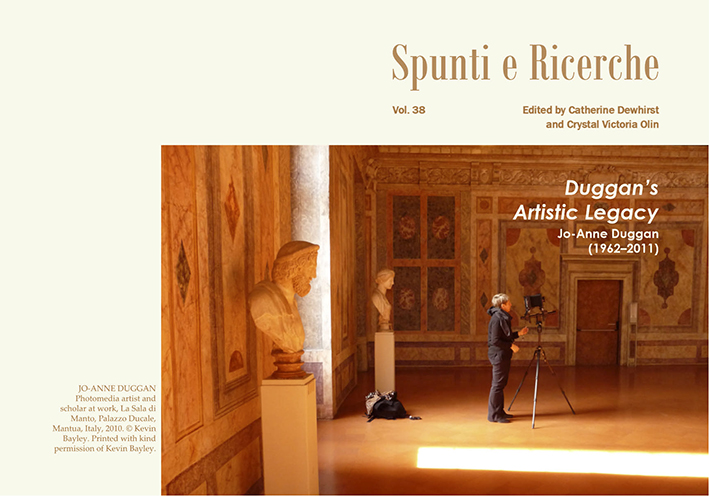Porta Pia, Gatedness and Artistic Reinterpretation: Engaging with an Urban Threshold across Time and Place
Main Article Content
Abstract
This article explores the layered meanings associated with Porta Pia—one of Michelangelo's last works—as both a material and symbolic urban threshold. Designed in the sixteenth century as part of Pope Pius IV's vision for an ideal humanist city, this gateway in Rome's Aurelian walls transcends simple categorisation as an historic artifact or city gate. It also provides a site for exploring a powerful dynamic where past and present converge through an experiential interplay of spatial containment and release. Through a first-person account, the author recalls her encounter with Porta Pia during her architectural studies in Rome, where she used watercolour to reinterpret the structure within its broader spatial and temporal contexts. Upon encountering the work of Australian artist and scholar Jo-Anne Duggan years later, the author found synergy with Duggan's method of interrogating layers of history, memory, and cultural representation through visual reinterpretation. Like Duggan, who used photomedia to question traditional narratives within museum contexts and explore the unseen spaces between artifacts, the author uses watercolour to explore transcendent ideas and challenge normative conventions. In doing so, she invites readers to engage critically with the notion of gatedness, with what it means to encounter the unknown, and with the forces that shape urbanity.
